Cats are believed to have arrived in Europe around 2,000 years ago, primarily brought by the Romans from Egypt. Their initial purpose was functional, as they were particularly effective at controlling rodent populations. The spread of cats across Europe coincided with the expansion of trade routes and urban centers, where they quickly became a common sight.
Utilitarian Role in Medieval Households
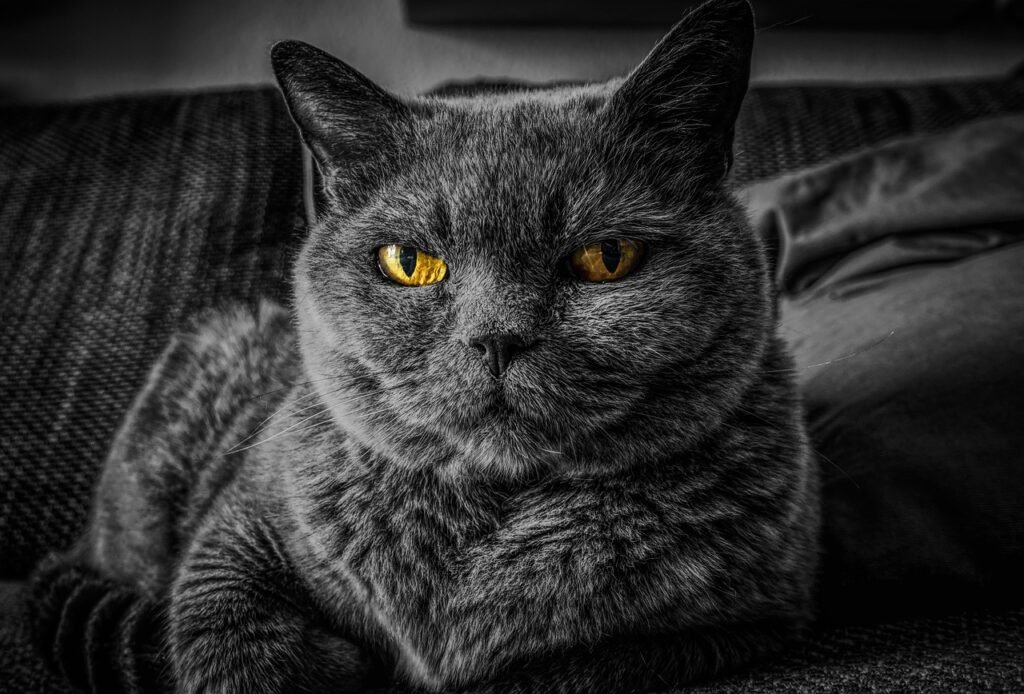
In medieval homes, cats played a crucial role as pest controllers. Grain storages, particularly in the manors and villages, were vulnerable to rodents that could severely deplete food supplies. Cats acted as natural predators, helping safeguard precious resources, which made them a valued, albeit often unofficial, component of household management.
Companion Animals for Clergy and Aristocracy
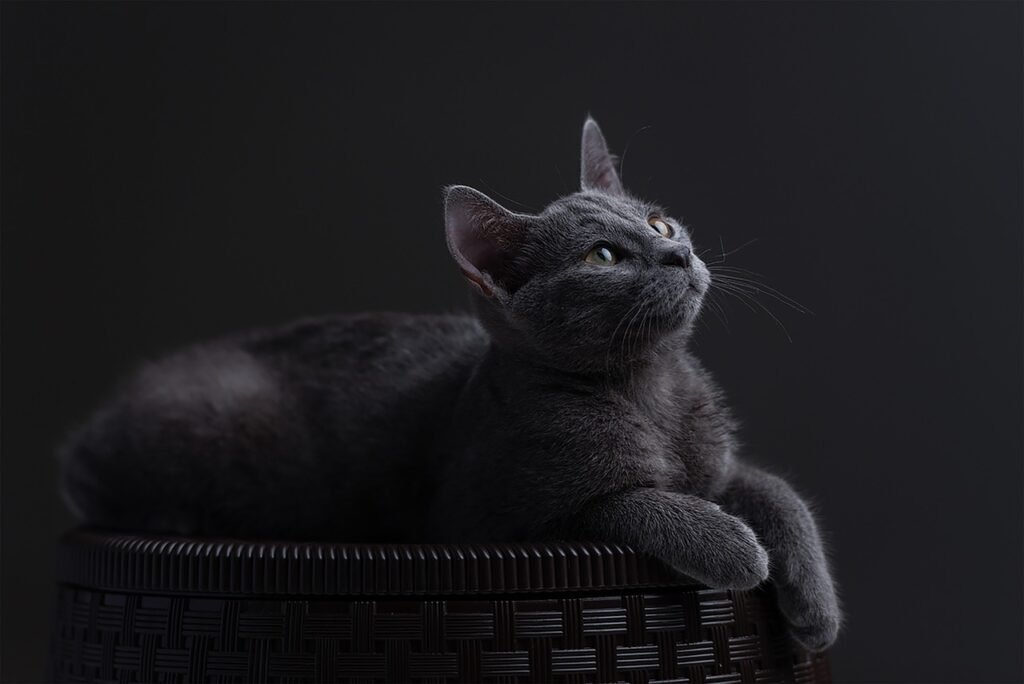
Beyond their utilitarian role, cats also found a place as companions, especially among the clergy and the nobility. Monastic communities often kept cats not just for their practical benefits but also for companionship. In art and literature of the time, cats were frequently depicted alongside their human counterparts, indicating their position within more affluent circles.
Cultural Perceptions and Superstitions
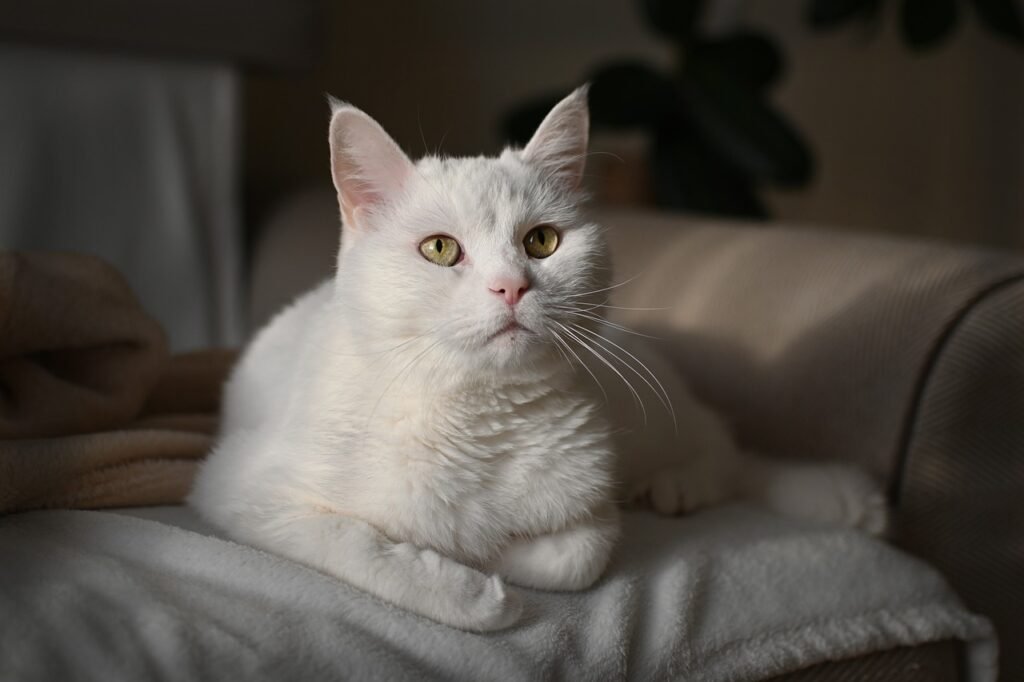
The perception of cats in medieval Europe was a complex tapestry of admiration and suspicion. While many appreciated their rodent-catching abilities, cats also became entangled in the era’s rich tapestry of superstitions. They were often associated with witches and the supernatural, which sometimes led to negative and even violent reactions toward them.
Associations with Witchcraft and the Occult
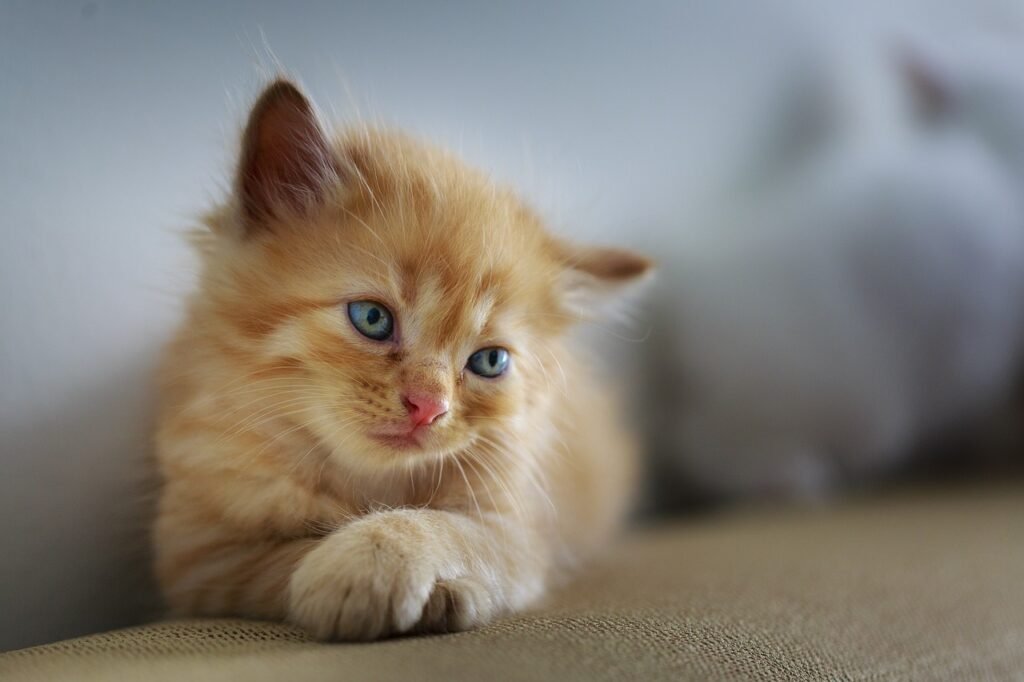
Cats, particularly black ones, became synonymous with witchcraft during the medieval period. The suspicion largely stemmed from their nocturnal nature and elusive demeanor, which fueled lore and superstition. This association was so powerful that it even influenced witchcraft trials and accusations, with some believing that witches could transform into cats.
Cats in Medieval Folklore and Literature
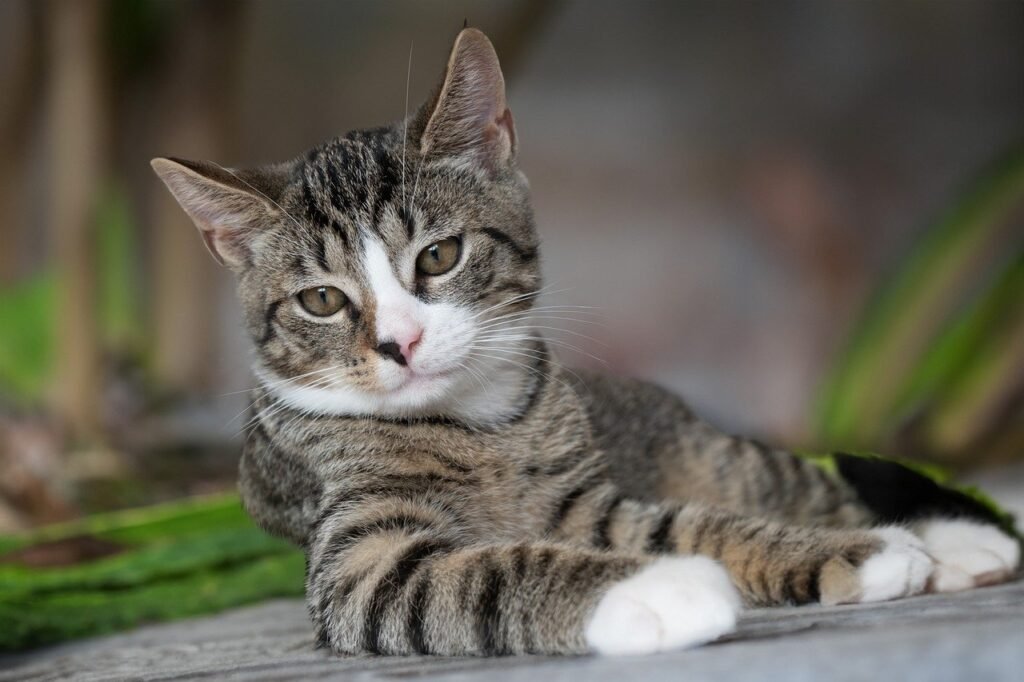
Cats were prominently featured in the folklore and literature of medieval Europe. These narratives often portrayed them as cunning and clever creatures. In some tales, they were tricksters, while in others, they were wise advisors. Their depiction in these stories reflects the dual perceptions of cats as both beneficial and mysterious.
The Plague and the Paradox of Cat Persecution
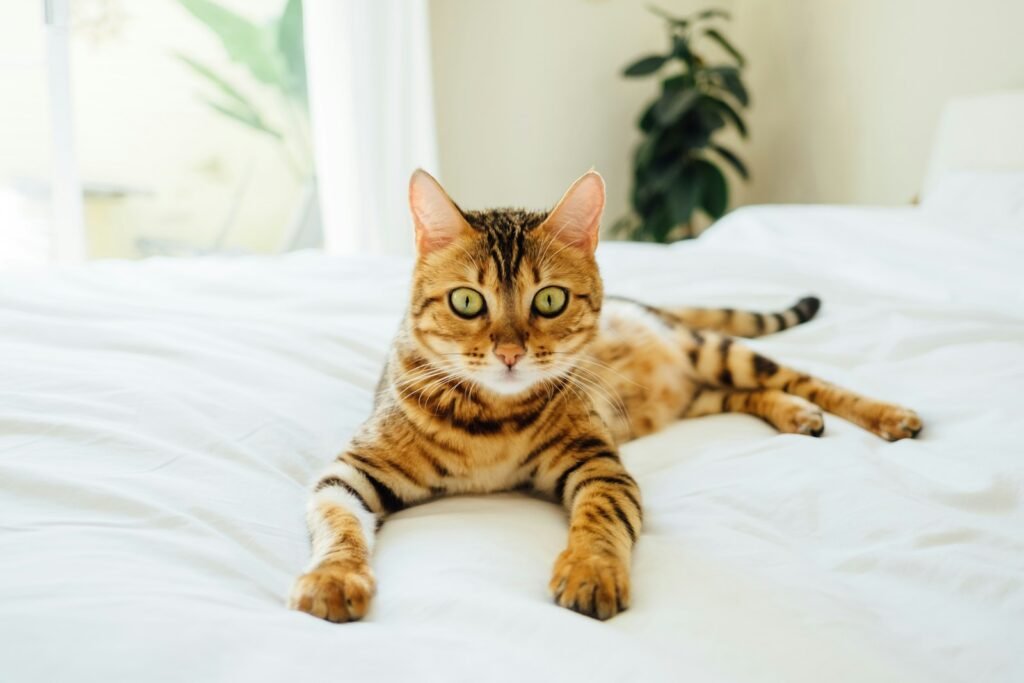
The outbreak of the Black Death in the 14th century marked a tragic paradox in the history of cats. Despite their critical role in controlling rat populations, which were carriers of the plague, cats became targets of persecution. This was due to their association with witches and the belief that they were evil omens or contributors to the disease.
Rehabilitation and Return to Favor
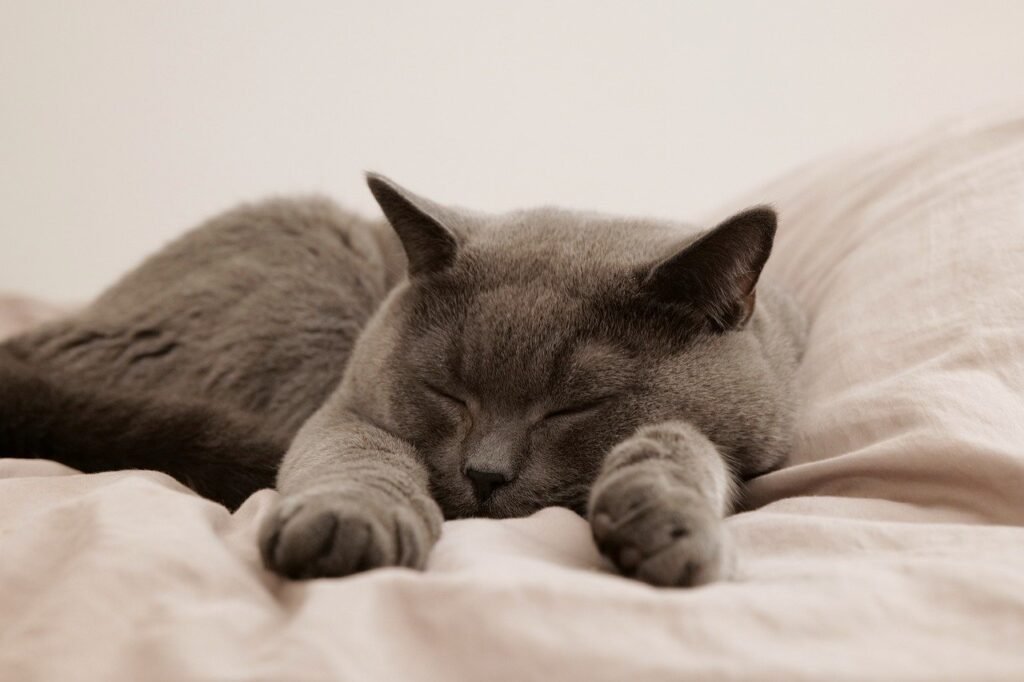
In the years following the plague, as superstitions waned and practical needs prevailed, cats began to regain their place in society. The realization of their importance in pest eradication restored their status, especially as Europe started to recover and urban life resumed. This rehabilitation process allowed cats to reclaim their place as valued community members.
Cats in Religious Contexts
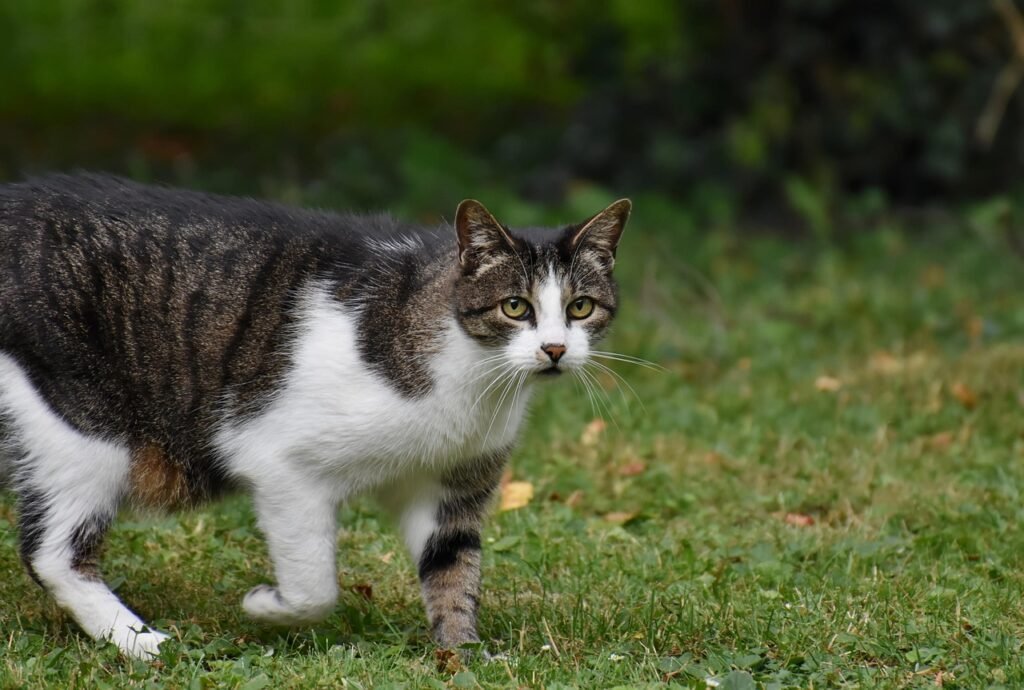
In religious settings, cats were sometimes seen as protectors against evil. Some local traditions and clergy viewed cats as guardians of spiritual spaces. This view was particularly prevalent in monastic communities, where the companionship of a cat was seen as both a practical and spiritual aid to the monks’ contemplative life.
The legacy of cats in medieval Europe is a testament to their resilience and adaptability. Despite periods of superstition-fueled vilification, cats have managed to maintain their position as both protectors and companions. Their role in medieval society laid the groundwork for their continued coexistence with humans, reflecting a relationship that balances mutual benefit with enduring mystery.
Hi, I’m Bola, a passionate writer and creative strategist with a knack for crafting compelling content that educates, inspires, and connects. Over the years, I’ve honed my skills across various writing fields, including content creation, copywriting, online course development, and video scriptwriting.
When I’m not at my desk, you’ll find me exploring new ideas, reading books, or brainstorming creative ways to solve challenges. I believe that words have the power to transform, and I’m here to help you leverage that power for success.
Thanks for stopping by, Keep coming to this website to checkout new articles form me. You’d always love it!






